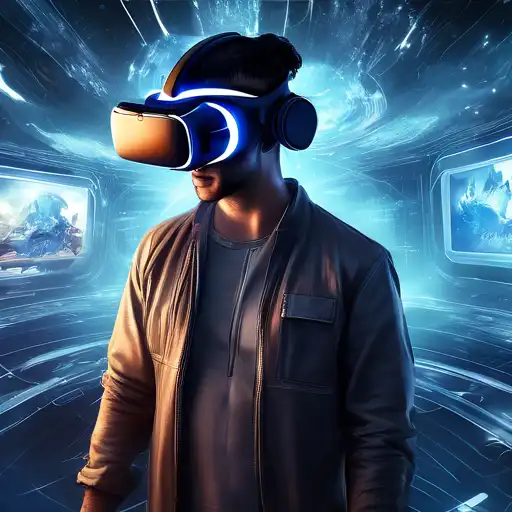Introduction to Virtual Reality
Virtual Reality (VR) has emerged as a groundbreaking technology that transports users into a meticulously crafted digital universe. Unlike traditional media, VR offers an immersive experience that engages all senses, making it a pivotal innovation in the tech industry.
The Evolution of VR Technology
From its inception as a concept in science fiction to its current status as a tangible technology, VR has undergone significant evolution. Early attempts at VR were bulky and expensive, but today's VR systems are more accessible and sophisticated, thanks to advancements in computing power and graphics.
Applications of Virtual Reality
VR's applications span across various sectors, including education, healthcare, and entertainment. In education, VR can simulate historical events or scientific phenomena, providing students with a dynamic learning environment. In healthcare, VR is used for surgical training and patient therapy, offering a safe and controlled setting for practice and rehabilitation.
The Future of Virtual Reality
The potential of VR is limitless. With ongoing research and development, future VR systems promise even more realistic and interactive experiences. Innovations such as haptic feedback and eye-tracking technology are set to enhance the immersion, making virtual environments indistinguishable from reality.
Challenges and Considerations
Despite its potential, VR faces challenges such as high costs, technical limitations, and health concerns like motion sickness. Addressing these issues is crucial for VR's widespread adoption and long-term success.
Conclusion
Virtual Reality represents a new dimension of experience, offering unparalleled opportunities for innovation and interaction. As technology advances, VR will continue to reshape our digital and physical worlds, creating possibilities we have yet to imagine.
For more insights into the latest technological advancements, explore our technology section.
